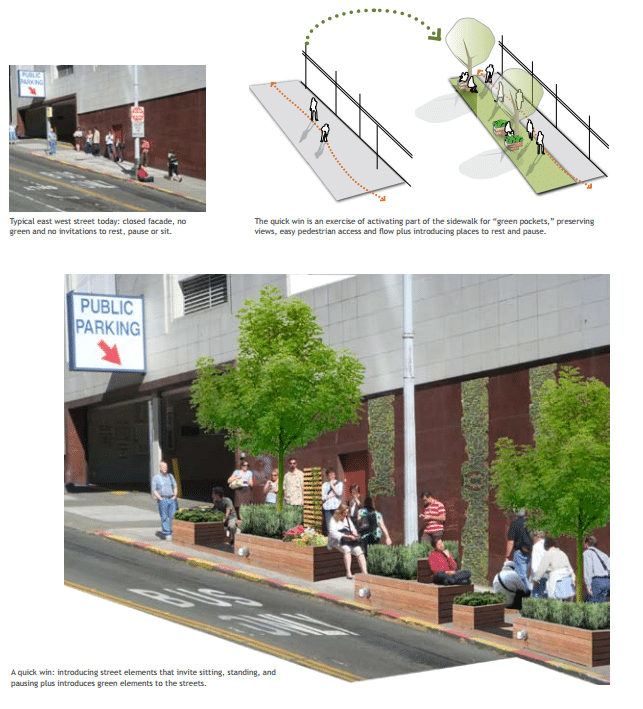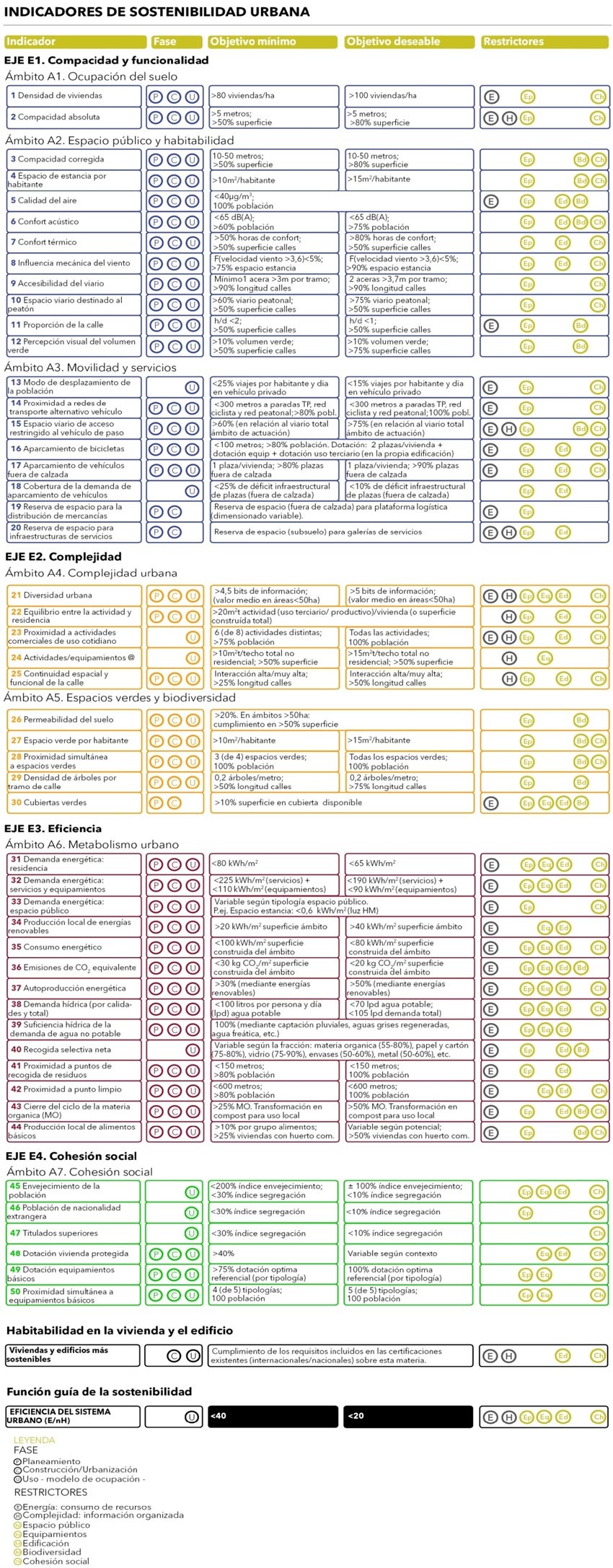-
Phone Number
-
Email Address
In the face of the urbanism of cities, the sensation that the pedestrian or passerby is the great forgotten of many cities in the world is almost perpetual, casuistically in greater volume in those cities of medium or smaller size with reference to the average of the country we visit, possibly due to the negligence of urbanism forgotten or by a truncated economy of the administrations that decline more for other aspects that are supposed to be of greater benefit to society.
The reality is that vehicles, architectural elements incoherent and many other aspects weigh more than that user who will live in the city throughout his life, inconsistency or not is a reality that must be changed to begin to recover the city for pedestrians and involve reasoned form the concepts of cities and urbanism ecological in a given habitat.
Content menu:
The concept was born from the need to address the urbanism and the urban environment from an environmental approach and eco-friendly as a practical and imaginative method for face the reality of the city, with the aim of draw the plural, complex and nuanced image that the urban system acquires when studied from the green optics
If as a starting point we opt for the objective of live in cities with quality and that these are "more friendly" we must learn to see how we react, we we behave and move in them and begin to understand the green urban planning concept. We must study human behavior in the city, Homo Sapien in the urban habitat.
As a starting point we propose to review the key points from the book How to Study Public Life (Written by Jan Gehl and Birgitte Svarre – Gehl Architects) where we show some of the methods they use to study human beings in urban environment. In the book you can identify various guidelines for studying the urban space of face to passerby:
Map: Know what the city is like.
Tracing: Identify the movement of the people. Provide information about patterns in an area determined. (See also in this regard What is a city DOT)
Look for traces: The activity of the passers-by Where do they stop?... Why do they stop?... Zones of leisure, rest areas, why most turn right or to the left in a corner…etc.
Photographs: It is a way of humanizing the data. Emphasis is placed on interactions and situations that occur on the street.
Data recording via diary: The continuity in a study should be an obligation and as such it is necessary to write down notes and be very scrupulous.
Pilot rides: the goal is for the observer is able to notice problems and details that are can improve.
With the data collected we will be able to understand the needs of pedestrians, as examples according to Jan Gehl:

The photograph belongs to a study carried out by Gehl Architects over the city of Seattle.
1) Protection against traffic and accidents
2) Protection against crime and violence (Life in the street, social structure, identity, lighting during the night)
3) Protection against unpleasant stimuli (noise, smoke, bad odors, dirt)
4) The option of walking (adequate spaces to do so, well-designed level changes)
5) The possibility of standing (rest areas, physical supports to do so)
6) Infrastructure to sit (benches for rest)
7) The possibility of observing (lines of sight without obstacles, good lighting at night)
8) The ability to hear and speak (moderate noise, distance between banks)
9) Scenarios to play and relax (play, dance, music, theater, improvised speeches, different ages and types of people)
10) Small-scale services (signs, maps, trash cans, mailboxes)
11) Design to enjoy climatic elements (sun, heat, cold, ventilation, aesthetics)
12) Design to generate positive experiences (aesthetic qualities, plants, flowers, animals)
As a reminder and complementary material to the post… « More than 30 manuals for urban design and coherent «.
Three points of interest:
Another aspect that we should review is the «sustainability in the city». Identifying or recognizing in Which areas should we act more forcefully or which aspects we must change. At this point we can put practice the template of indicators of urban sustainability : (It belongs to the present document HERE – Which is part of the book “El Urbanismo Ecological» by Salvador Rueda Palenzuela and others)

The study that the image represents refers to a Ecobarrio project in the city of Figueres (Catalonia) where the description of the minimum and desirable objectives are indicated. Likewise, the degree of connection (strong or weak) of each of the indicators with the components of the guide function and the different areas of habitability urban.
We must remember that cities are for the citizens and as such it is a necessity to urbanize, build, plan coherently to adapt them to the use and daily life of citizens with a responsibility effective and at the same time friendly to the environment passerby.
Not long ago the report “ Cities Vivas: rethinking green infrastructure ” (Access to report HERE – From the consultancy Arup in collaboration with Landscape Architecture and Foresight + Innovation) where they analyze and reflect about global problems such as the growth of the population in cities, the scarcity of resources, the risk of urban flooding or climate change and their futures effects on current cities and their citizens.
As indicated by Tom Armor (Landscape Architect at Arup )… “The green areas are not usually be priorities within urban planning, either by costs, due to lack of space or lack of vision about the benefits they can offer. However, its impact on the health and well-being of citizens and their contribution to the reduction of pollution should be taken more into account.
We should promote the design of cities that contemplate biodiversity, with quality environments for live, work and enjoy and where people can lead a healthier and happier life. Like the space in the cities is increasingly in demand, planning the needs green should not be an optional trend, but a requirement fundamental. We need to conceive our environment through of the multi-layered design, taking advantage of and adapting more efficiently existing spaces.”
We want to point out that in reference to this subject we make a designated item with the name “Living architecture” from homerepaircare.es/arquitectura-viva-de-pobres-ricos where an urban action is presented that over time has been adapting to the needs of a community in concrete.
……………………………….
Links of interest:
If you liked the article, rate it and share!